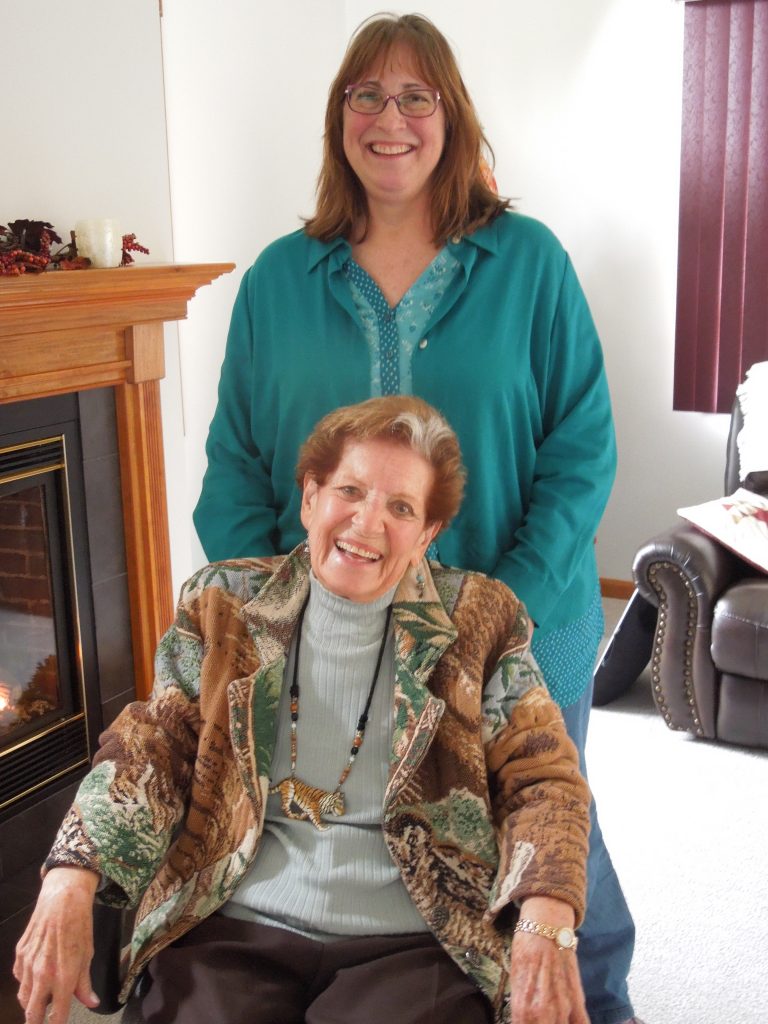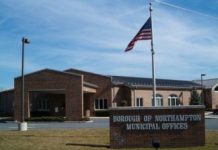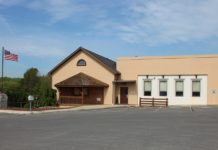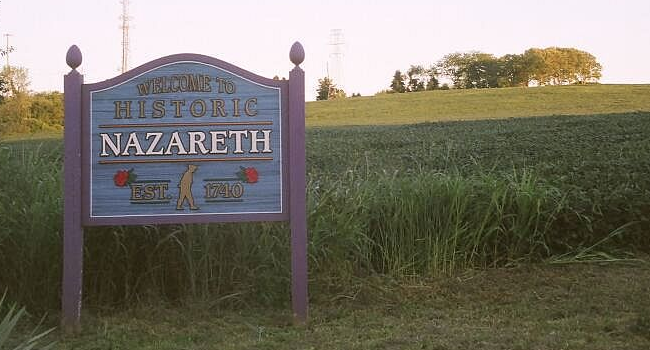
Today, Larry Oberly and this writer have the pleasure of interviewing Ms. Susan Jenkins and her mother, Margie Jenkins, from Houston, Texas. Margie is a descendant of Samuel Weaver, whose father, Michael, was the founder of the village of Weaversville.
John Weaver (Weber, in German) came to America in 1749. He married Barbara Reichart, and they had five children. They left Germany, where religious wars and high taxation were major issues. The family arrived in Philadelphia and decided to move to the frontier, settling in the Scotch-Irish settlement, present-day Weaversville. Weaver purchased 160 acres from Thomas Craig, one of the original settlers of the Scotch-Irish settlement, dating back to 1727.
The Weavers were one of the first German families to settle in the area. A larger German migration would occur after the American Revolution. Some of their neighbors were the Craig family, John Ralston, Samuel McNeil and Hugh Wilson.
A barn-like fort would be built on the Ralston property for protection from Indian attack during the French and Indian War. The wave of Germans who settled here were excellent farmers. The Weavers would be blessed with fertile, productive soil. Soon, they were tilling the ground.
John referred to the farm as a plantation. The crops included wheat, rye, buckwheat and Indian corn. Apple trees were planted to supplement field crops; of course, there were hogs, cows, poultry and sheep.
A small limestone quarry and lime kiln produced lime, which was spread over the fields. Farm work required manual labor, which was provided by large families. Hours were long, and just as the present day, farmers were dependent on the weather. Old deeds indicated the Catasauqua Creek could be used for irrigation, and farmers had the right to erect dams to power early grist mills.
John Weaver and his neighbors answered the call, and they served with honor during the Revolutionary War. He served under different commanders. The Army was quite different from the present Army. John would go to war for six to eight months and go home to plant or harvest crops to feed his large family.
After the harvest, he would go back and serve again. He served under Col. Craig and fought in the battles of Germantown and Brandywine. In 1780, he served in the 5th Company 1st Battalion of Northampton County.
His burial was difficult to determine. The Jane Horner and Stone Church cemeteries both were the final resting places for many Revolutionary War veterans.
Returning home, John continued to farm and operate a tannery. He also purchased a stone home from John Hays, one of the original settlers, who operated a tavern in the village.
John’s son Michael, 1770-1834, and his wife, Magdalene Fatzinger, assumed ownership of the two-story stone home. In 1916, Cornelia Anna Weaver Green wrote a family history.
She writes, “Michael was rigidly honest and punctilious about all transactions. He was known as ‘Holy Mike’ in the community. He would not permit his children to talk at the table, and they stood up while eating. Only the elders were seated.
“While a most ambitious man, he was without vanity or pride of life. The home life was as simple as if they lived from hand to mouth. The children (12) were well educated considering that they had no other schooling than that which the township school offered.
“He (Michael Weaver) was appointed postmaster and the place was called Weaversville for him.”
In two weeks, we have a description of Weaversville in 1800.








